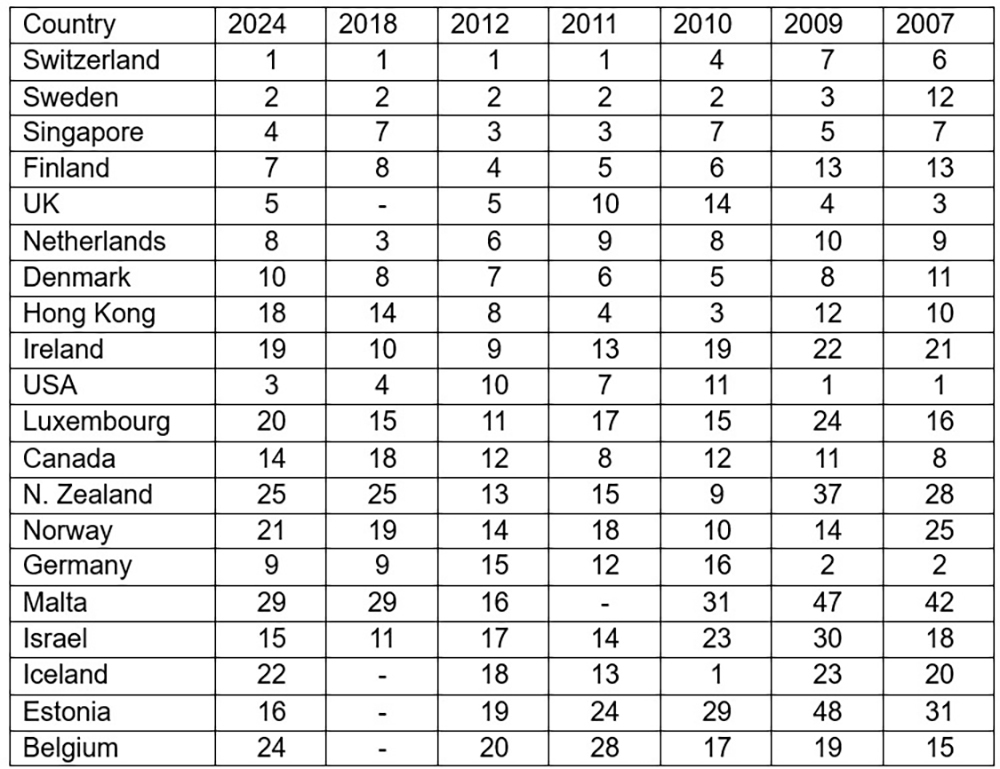Over the last few decades, the nature of the modern innovation process has changed dramatically. It is now being achieved through collaboration and creating linkages among different types of companies, industries, and public institutions under the important influence of government policies and programmes.
What is also important is to foster an innovation culture that involves bilateral and multilateral collaborations in scientific research and R&D, cultural exchanges, sharing of best practices, open innovation challenges, and other forms of partnerships, including entrepreneurship and people’s readiness to accept changes in technological and non-technological domains. Advanced economies must innovate permanently in order to remain competitive, while emerging economies’ best chance of catching up is through innovation, as well as with a better appreciation of traditional technologies.
Pillars of Innovation Culture – according to a study conducted by “Europe Innova”, an initiative supported by the European Commission including several factors need to be in place to foster innovation, and they can be roughly categorised into four pillars: cultural, human, social, and organisational.
The Silicon Valley model in the San Francisco Bay Area hosts what is one of the world’s greatest concentrations of scientific research capacity: 5 national laboratories and 5 of the nation’s leading research universities, joined by an array of independent research laboratories and many private companies maintaining their own world-class research facilities. University and industry resources are brought together through two of the four California Institutes for Science and Innovation, which focus on the convergence of information and biotechnology. Another distinctive element of the Bay Area’s success is venture capital, an industry that was created in the Bay Area and continues to thrive there unprecedented way.
The amount of venture capital invested from year to year may vary, but between 35 and 40 per cent of all venture funding in the US is routinely invested in the Bay Area. Venture funding, as well as the funding of very young companies by angel investors, has fuelled much of the technology commercialisation in the region and many of its most successful companies. The cluster of research-intensive industries, combined with abundant venture and human capital with a strong culture in risk-taking, has made the Bay Area a region of success and very difficult to emulate.
What is so specific about Silicon Valley? Besides a highly entrepreneurial, sophisticated, and large US market, the concentration of R&D capabilities, a tradition of business-academia partnerships, a highly multicultural environment, and the availability of venture capital. Without a single “copy” around the globe (but surely many attempts), obviously, it is the interaction of all those factors that cannot be so easily replicated elsewhere, not even in the US.
The Global Innovation Index published since 2007 by the European Institute of Business Administration (INSEAD), and the World Intellectual Property Organization (WIPO), is ranking countries on the following pillars: institutions (political, regulatory and business environment); human capital and research (education, tertiary education and R&D); infrastructure (general infrastructure, ICT, ecological sustainability); market sophistication (credit, investment, trade & competition); business sophistication (knowledge workers, innovation linkages, knowledge absorption); knowledge and technology output (knowledge creation, knowledge impact, knowledge diffusion), and creative outputs (creative intangibles, creative goods and services, online creativity).
Of the 141 countries ranked, when we are looking at the top 20 countries – the table for 2007-2024 on the following page – some features and characteristics of individual countries’ rankings (in terms of scope and consistency of change) can be noticed: though Switzerland is convincingly leading the list, Sweden, Finland, Denmark and Ireland achieved the strongest improvement among the top 10 countries; among the well-placed countries, strong progress has also been recorded by Singapore, Norway, Luxembourg, Hong Kong, New Zealand, Israel, Malta, and Estonia. And though still scoring very favourably, the UK, Canada, and Belgium have lost a couple of positions, and finally, very serious drops in their ranking have been experienced by the US, falling for 9 positions, and Germany, falling for 13 positions.
These developments are not very different from those we have presented in the KEN Country Rankings for the period 2007-2024 although our ranking is computed from 5 established knowledge economy-related rankings (INSEAD’s list being one of them).
Top 20 global innovation index rankings: 2007-2024
 Source: Global Innovation Index, Editions for respective years.
Source: Global Innovation Index, Editions for respective years.
With the exception of the US, Canada, Hong Kong, the UK, Germany, Belgium, and Luxembourg, all the remaining 13 top countries have achieved impressive results in their innovation performance over the period of the last 20 years, reflected in their ranking.
It seems that the winning formula for highly innovative performance is a combination of factors, from adequate funding and a strong entrepreneurship culture with a risk-taking attitude, to the right business environment, where past failure does not prevent future success. Serial entrepreneurs, as they're sometimes referred to, need to be encouraged to thrive and be attracted even from abroad, which often includes financial support and mentorship for new generations of young companies.
This spirit of acceptable risk, the readiness to invest where technology and future markets intersect, and the ongoing creation of new business paradigms lie at the heart of innovation culture. The more tightly a company’s innovation strategy, business strategy, and culture are interwoven, the more its innovation efforts will likely translate into superior economic performance and higher international competitiveness.
Proximity to excellent universities and government research facilities, modern physical infrastructure, and access to human and venture capital are certainly important pieces of the puzzle. They need to be connected by a culture of openness to new ideas and a networked environment in which ideas and people can flow back and forth, interacting fluidly. People must understand the value of low barriers to the open exchange of technology and people between universities, government, and business; a premium on entrepreneurship; openness to talent from any source; and rewards commensurate with people’s willingness to assume risk. All these conditions cannot be created without a stable democratic setting.













